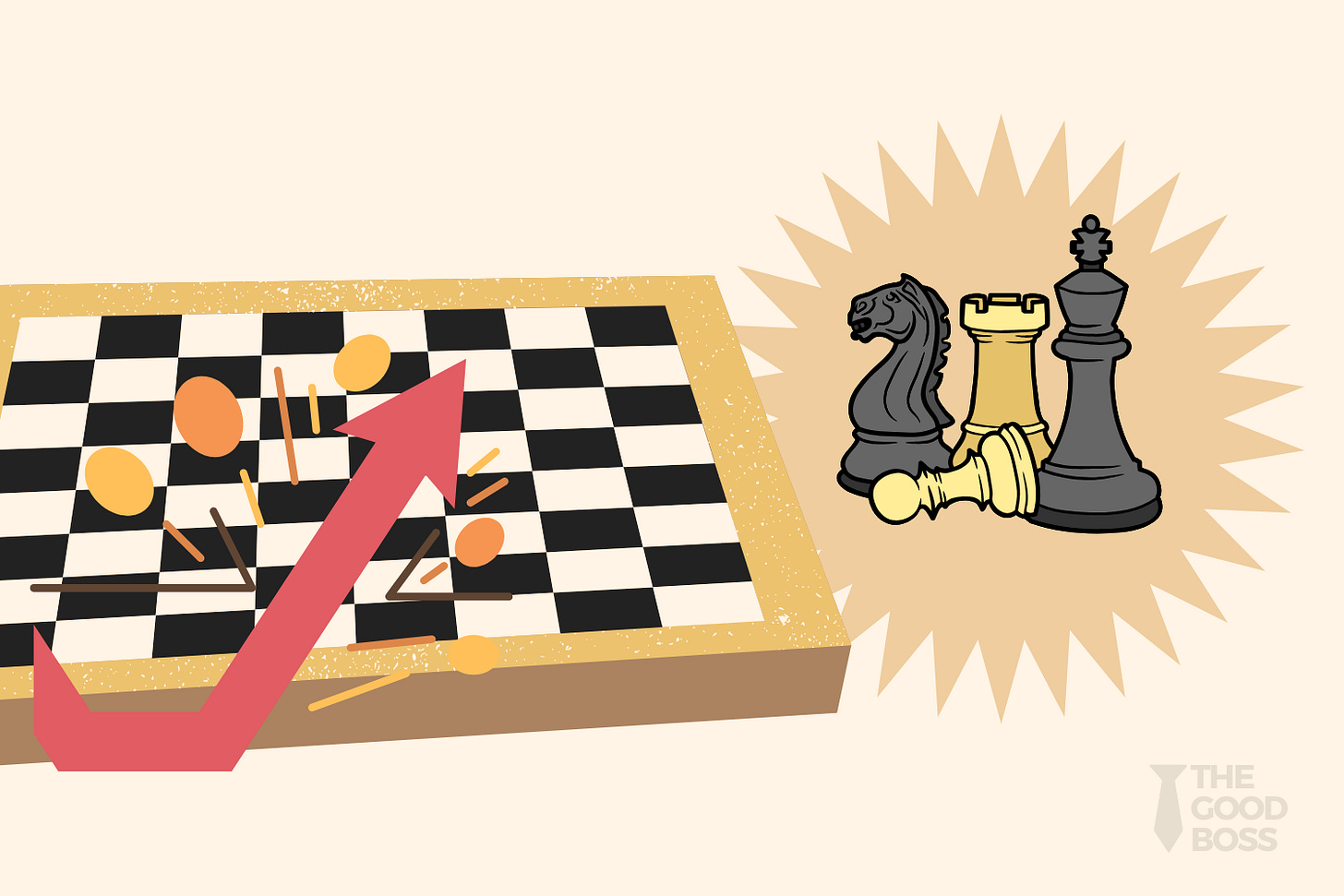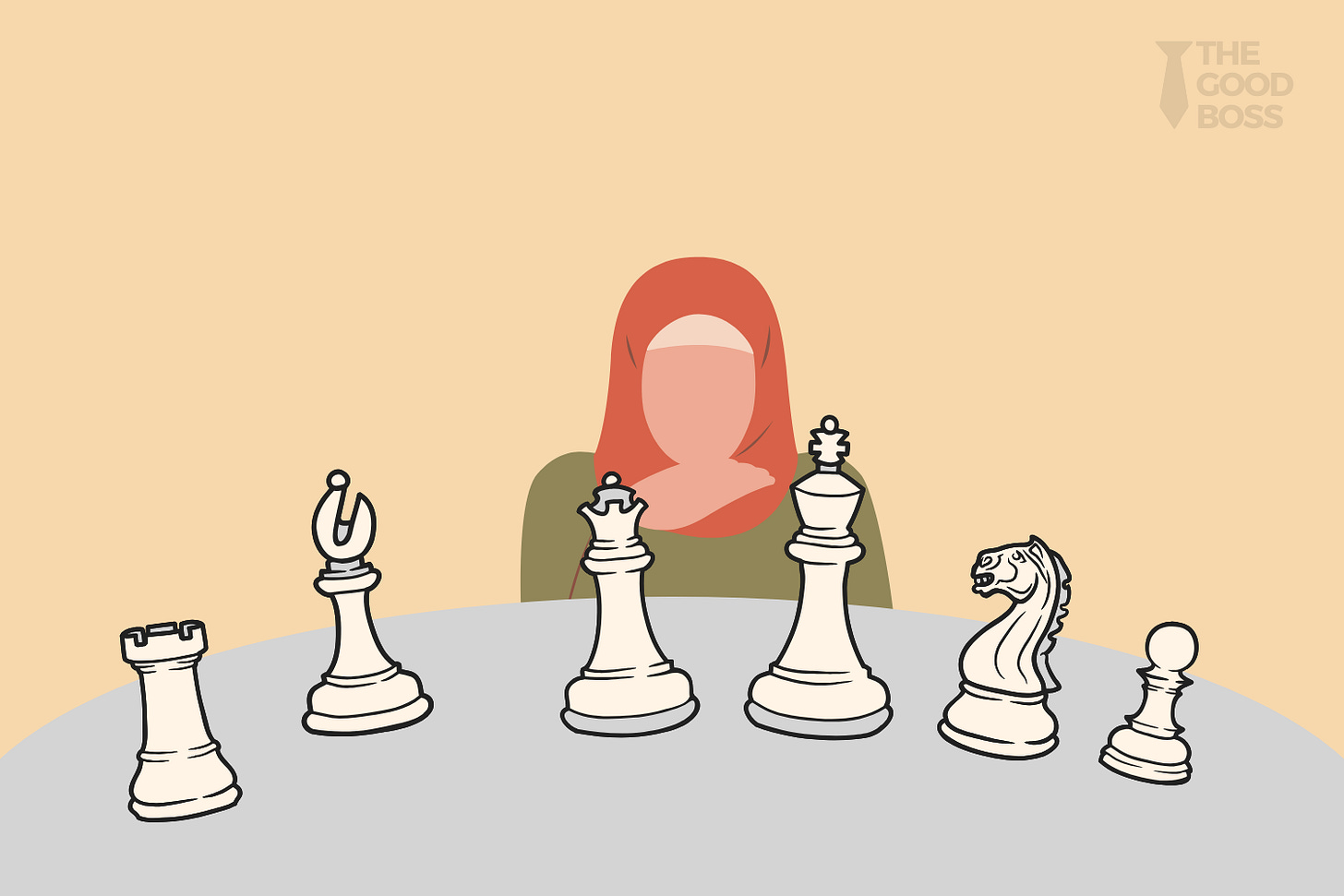5 Timeless Chess Principles You Can Apply as a Strategic Leader
Leadership Lessons from the Game of Strategy
Chess is well-known as the game of strategy.
I have always enjoyed learning the principles and strategies of the game that can help me become a better player.
And they have taught me so much more than just the game of chess.
They have taught me how to become a better leader, and in particular, a strategic leader.
In this article, I will discuss five timeless chess principles that you can apply as a strategic leader.
Principle #1. Think Ahead
Ever wondered what chess players do most of the time?
They think.
And they don’t just think. They think ahead, well into the future of the game.
Skillful players plan multiple moves ahead and have a long-term vision of the game. Their ultimate goal is to win the game.
For example, a player may choose to sacrifice a pawn in the current move to create a strong position or launch an attack several moves later. Maybe the pawn’s end brings a new angle, a new perspective to the game. Maybe it opens up the field for the rook, or the bishop. Or it just distracts the opponent.
Either way, chess masters keep their eyes on the final outcome the entire time, while skillfully inching move-by-move closer to it. They see small intentional losses as milestones that lead them to their goal, instead of getting emotionally attached to them.
“Leadership is the capacity to translate vision into reality.” — Warren G. Bennis
Similar to chess players, effective strategic leaders develop a vision for the future, and set long-term goals and objectives for their organization.
As I discussed in my article about the importance of keeping an eye on your ultimate goal, as a leader you need to make sure you are always, and I say always, driving towards the vision and mission.
You should be willing to make decisions today that are going to reap benefits in the future.
As an example, a tech company may choose to invest in research and development for a new product idea that may take years to develop, but has the potential to revolutionize the industry. This is similar to the mind shift I discussed in my article about the Value Triangle, and how you should be turning constraints into opportunities to general value.
As a strategic leader, you keep your eyes on the mission and vision.
Principle #2. Anticipate Your Opponent’s Move
Have you noticed how chess players seem to be lost in thought, almost frozen in their position?
Well, they’re not exactly frozen. They are observing.






